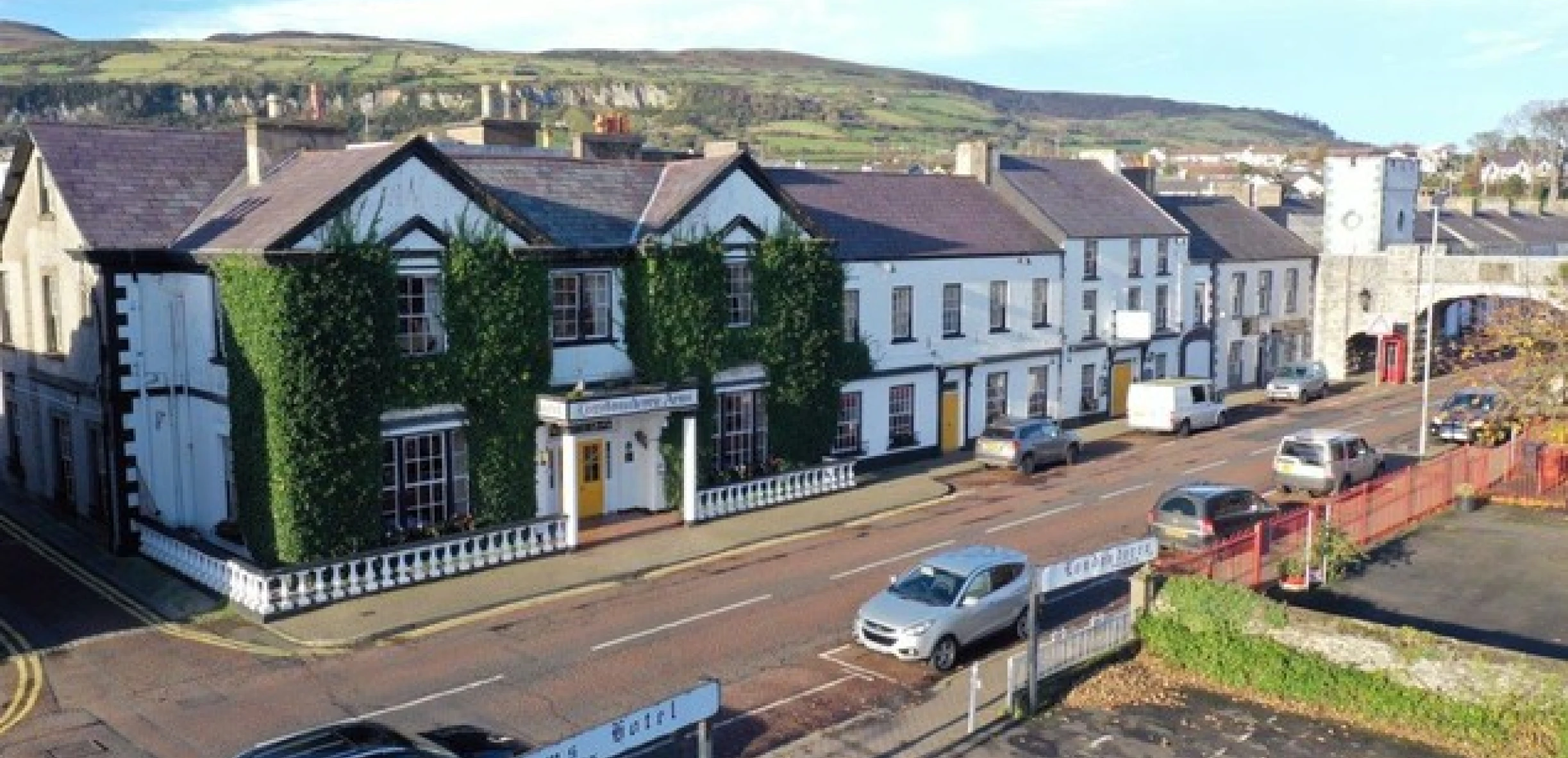Article by Brian Turtle MRICS, Partner O’Connor Kennedy Turtle
When we see analysis of the Northern Ireland commercial property market, it’s generally the office and retail sectors that get the attention. The space used for logistics, manufacturing and warehousing could perhaps be considered the less glamourous, forgotten child.But the so–called industrial sector is definitely worth a closer look, and it has actually shown a high degree of resilience over the years. Indeed, this was the case right through the period of recession to today. And there are increasing reasons for optimism as we pass through 2016 and into 2017.There is real demand for space at present, coming from indigenous manufacturing businesses across a range of industries, including vehicle manufacturing, heavy engineering, agrifood, pharmaceuticals, aerospace, and building materials; together with logistics and warehousing operators.Like all markets, there are some real ‘hot spots’. The Mid Ulster area is especially strong in the construction of heavy engineering, notably quarrying equipment, resulting in strong demand for large warehousing units. At OKT, we recently marketed a substantial factory in the Benburb area and enjoyed competitive bidding from three manufacturing businesses, all of whom required additional space for their established businesses. This gives some indication of the demand.In the same vein, we advised JTI on the disposal of their Ballymena factory, which is being acquired by Wrightbus – another business adding to their substantial manufacturing presence locally.In the Greater Belfast area, the main hubs for this sector are currently in the Mallusk, Foreshore, Boucher and Castlereagh areas, where land availability in the late 20th century permitted the development of more modern industrial estates with good communication links. These areas are now largely developed out, with very few occupational opportunities, or room for expansion. Indeed, a noticeable feature of the market is the distinct lack of industrial land and speculative development at present, resulting in a constrained volume of stock. This is putting upward pressure on rentals, all of which is undoubtedly good news for those who have invested in the sector. Indeed, the vibrancy of the sector has caught the attention of the investment market, with one Mallusk warehouse investment recently selling for a yield in the region of 7.5%, with strong bidding.Looking ahead, the exchange rate is certainly a factor that will influence the industrial property market. Many of Northern Ireland’s manufacturing exporters are enjoying additional competitiveness in international markets as a result of the weak sterling. This will likely continue, and will potentially mean that these businesses will look to further expand production, and therefore their manufacturing footprint.A weakened sterling also makes UK–based assets more attractive to international investors.With these and other tailwinds, perhaps Northern Ireland’s industrial property sector will at long last shed its ugly sister persona.Source: RICS

